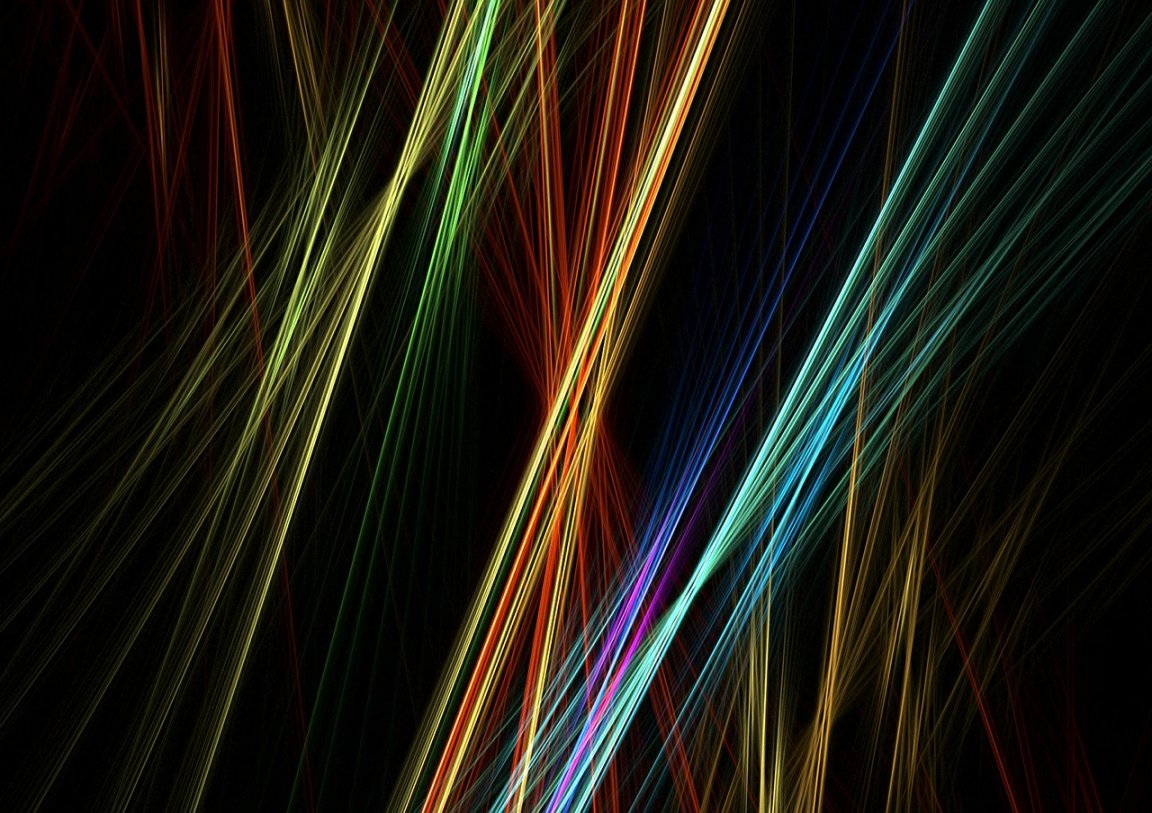
Spooky Action Gets to Space
When it comes to weird science stuff, quantum entanglement is probably near the top of the list, especially back in the days when Einstein referred to it as that “spooky action at a distance.” Physicists have since demonstrated the “spooky” phenomenon to be possible, but now they want to extend its reach. A new study shows it’s possible for quantum entanglement to span far longer distances than previously demonstrated.
“We have demonstrated the distribution of two entangled photons from a satellite to two ground stations that are 1,203 kilometers [748 miles] apart,” lead author Juan Yin, physicist at the Science and Technology University of China in Shanghai, explained in a research paper published in the journal Science. The previous record for entanglement distribution reached only 100 kilometers (62 miles).
Yin’s team used the Micius, the world’s first quantum-enabled satellite which China launched in 2016, to transmit entangled photons to several ground stations separated by long distances. They managed to achieve this feat by using laser beams to prevent the light particles from getting lost as they traveled.
“The result again confirms the nonlocal feature of entanglement and excludes the models of reality that rest on the notions of locality and realism,” Yin and his colleagues wrote.
Widening Possibilities
Though quantum entanglement is incredibly complex, it’s possible to explain it in simple terms. Two or more particles are entangled or linked when a change in one’s state or properties instantaneously affects the other’s. What makes this stranger is that this link works regardless of distance. This phenomenon becomes particularly useful in storing information — as in the case of using quantum bits (qubits) in quantum computing.

By proving that quantum entanglement can be maintained in space over such a long distance, this work paves the way for long-distance satellite quantum communication and maybe even realize the possibilities for quantum teleportation. “Long-distance entanglement distribution is essential for the testing of quantum physics and quantum networks,” Yin’s team wrote.
Advances in quantum cryptography, which rely heavily on extending entanglement, could change the way information is stored and transferred in the future — opening up applications in improved security in communication and even payment systems.